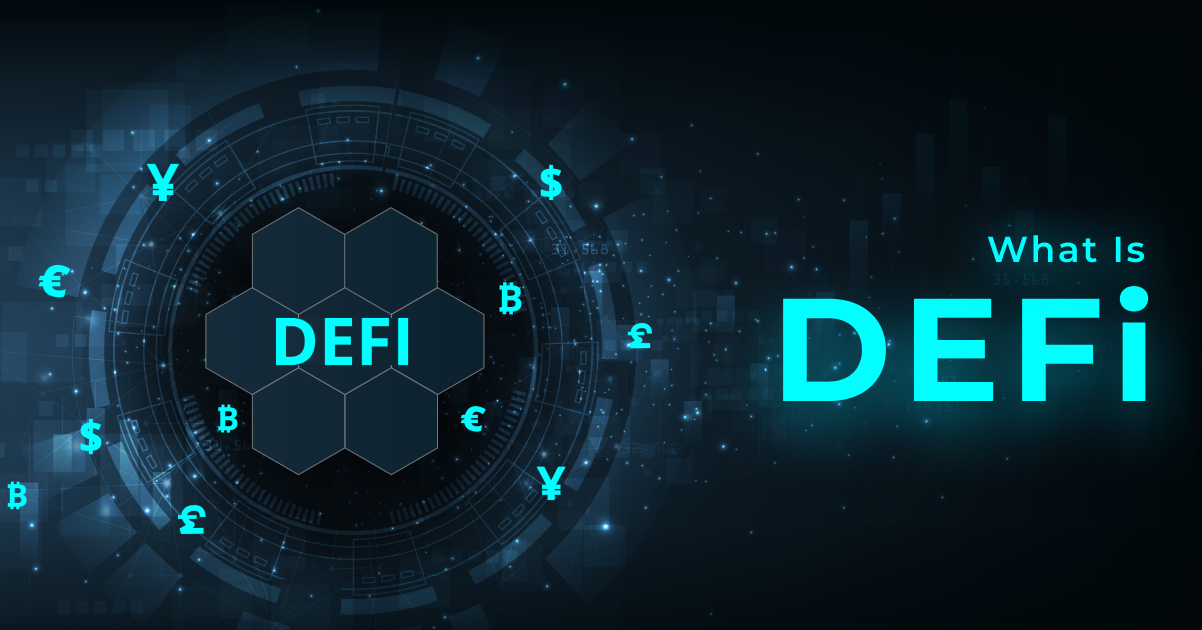
Decoding DeFi: Unleashing the Power of Decentralized Finance
27th February 2024 | 4 minutes read
Step into the future of finance as we unravel the revolutionary concept of Decentralized Finance, commonly known as DeFi. In a world driven by innovation, DeFi stands at the forefront, challenging traditional financial systems and providing an open, inclusive, and borderless alternative. Join us on this exploration of the disruptive force that is reshaping the way we think about money, transactions, and financial services.
The Essence of DeFi
At its core, DeFi refers to a decentralized financial ecosystem built on blockchain technology. It aims to recreate and enhance traditional financial services, removing intermediaries, reducing barriers, and enabling global access to a wide range of financial instruments and services.
Key Components of DeFi
Understanding the pillars that support the DeFi ecosystem is crucial for grasping its transformative potential.
Decentralized Exchanges (DEX):
Platforms that facilitate the exchange of cryptocurrencies without the need for centralized authorities.
Examples include Uniswap, SushiSwap, and PancakeSwap.
Lending and Borrowing Protocols:
Smart contract-based lending platforms that connect lenders with borrowers.
Examples include Compound, Aave, and MakerDAO.
Stablecoins:
Cryptocurrencies pegged to the value of traditional fiat currencies, providing stability.
Examples include DAI, USDC, and USDT.
Decentralized Autonomous Organizations (DAOs):
Entities governed by smart contracts and community voting, allowing for decentralized decision-making.
Examples include The DAO, Aragon, and DAOstack.
How DeFi Works – A Decentralized Symphony
Explore the mechanics behind DeFi, where smart contracts on blockchain networks orchestrate financial transactions and services.
Smart Contracts:
Self-executing contracts with pre-defined rules and conditions.
Enable automation of financial processes without the need for intermediaries.
Blockchain Networks:
Platforms like Ethereum, Binance Smart Chain, and Solana serve as the foundation for DeFi applications.
Provide transparency, security, and immutability.
Section 4: Example of DeFi in Action – Uniswap
Consider the example of Uniswap, a leading decentralized exchange.
Automated Market Makers (AMM):
Uniswap utilizes AMM algorithms to enable users to swap various cryptocurrencies directly.
Liquidity pools, consisting of users’ funds, facilitate these swaps.
Token Listings and Trading Pairs:
Users can create liquidity pools for any token pair, allowing for a wide range of trading options.
Decentralized governance mechanisms influence token listings.
Advantages of DeFi
Explore the transformative benefits that DeFi brings to the financial landscape.
Financial Inclusion:
Provides financial services to unbanked and underbanked populations globally.
Reduced Barriers:
Lowers entry barriers, allowing anyone with an internet connection to participate.
Transparency and Security:
Transactions are recorded on the blockchain, ensuring transparency and security.
Challenges and Future of DeFi
While DeFi holds immense potential, it also faces challenges such as regulatory uncertainty, security concerns, and scalability issues.
Regulatory Considerations:
DeFi is navigating a complex regulatory landscape as authorities seek to understand and adapt to this innovative space.
Security Measures:
Ongoing efforts to enhance the security of smart contracts and platforms to prevent vulnerabilities.
Scalability Solutions:
Innovations to address scalability challenges and accommodate the growing demand for DeFi services.